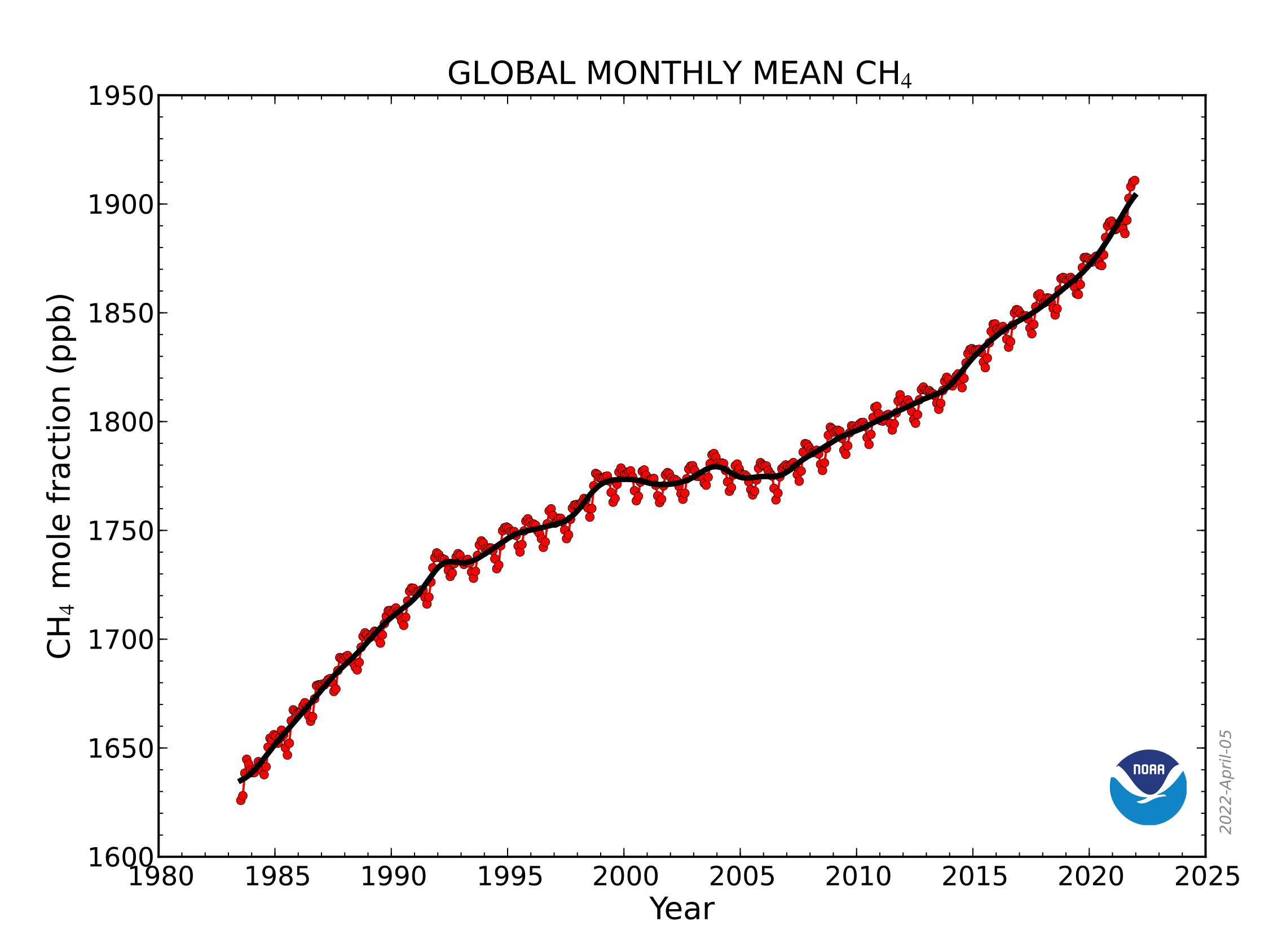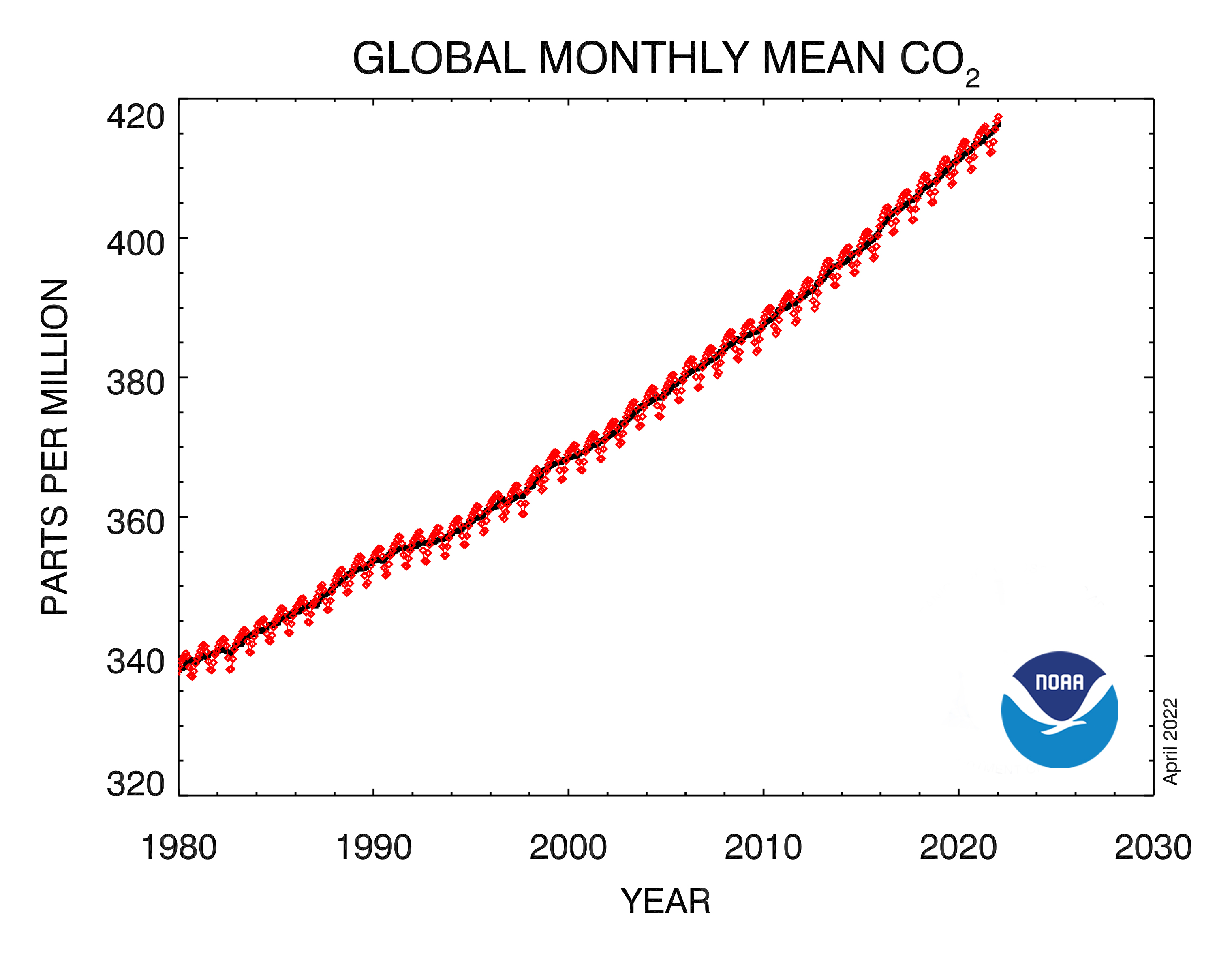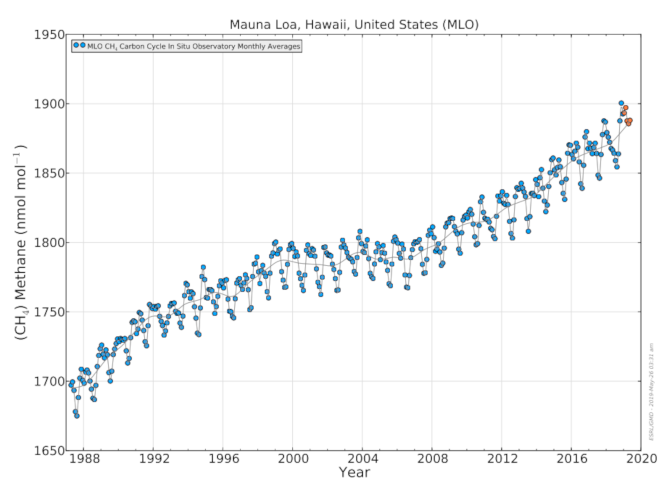These days, there isn’t a day that goes by that I don’t notice (witnessing first-hand, seeing or hearing, watching on television) something having to do with air pollution. It figures, doesn’t it?!
Just this past Sun., Feb. 5, 2023, in fact, a related story was included in CBS’ “Sunday Morning” lineup. The segment mostly had to do with indoor cooking, but a big chunk of it dealt with the natural gas connection and how this inside the home can pose a potential health hazard, at least, this is what I remember when watching/listening.
The fossil fuel natural gas has been big news for reasons not too difficult to imagine. Just last evening (Feb. 7th) at 6 p.m. Pacific Standard Time, President Biden delivered his “State-of-the-Union” address. Topics ran the gamut, covering everything from immigration and infrastructure and matters on abuse and reform in policing to energy policy. I listened intently to the President’s message and picked up on the point that Americans will be somewhat dependent on fossil fuels, at least, in the near-term, anyway. Though, to be honest, I do not remember hearing him make any direct mention of natural gas. Maybe someone reading here could either refute or confirm this.
Around 99 percent of natural gas is composed of methane. Methane, meanwhile, has made the news cycle a lot lately. Add in that there are two facets related to this gas: leakage and combustion of – which is getting the lion’s share of attention, and for good reason. It’s the part reporters tend to focus on most when covering methane in a news report, at least, or so it would seem.
I can’t tell you how many such reports I’ve watched/listened to and read that have referenced a 2021 Stanford University study that looked at methane leakage connected to indoor stove or oven use. Quite a few, I’ll tell you. One point that I thought was interesting was that the amount of leaking methane from gas stoves and ovens inside American homes was estimated to have the same climate-warming impact of that of 500,000 so-called “typical” automobiles operating on American roadways in a year, the units expressed in terms of million metric tons of carbon dioxide equivalent emissions. “Typical” in this case relating to an automobile whose fuel-economy rating is 22 miles per gallon of gasoline and an annual driving-distance total of an average 11,500 miles. Each automobile produced or emitted 4.6 metric tons of carbon dioxide equivalent emissions over the course of a year’s worth of driving and when one multiplies that by a half-million motor vehicles, we’re talking an estimated 2.3 million or so metric tons of CO2-equivalent emissions just coming from leaking methane gas from gas stoves and ovens alone, in 2021.
Though that is considerable – and in no way am I trying to downplay this fact at all – it pales in comparison to the amount of methane that’s released into the global atmosphere each year from all sources: cow burps, landfills, permafrost thaw, extraction of subsurface oil, and on and on and on.
Methane being a much more potent greenhouse gas than is carbon dioxide in the atmosphere, it is better at trapping and retaining the sun’s heat, especially that which reflects off of the earth’s surface on its return to space. According to the NOAA (National Oceanic and Atmospheric Administration) in its Apr. 7, 2022 “Increase in atmospheric methane set another record during 2021” news release, “While there’s been scientific debate on the cause of the ongoing surge in methane levels, carbon dioxide pollution has always been the primary driver of human-caused climate change. An estimated 36 billion tons of carbon dioxide were emitted into the atmosphere last year by human activity; roughly 640 million tons of methane were emitted during the same period. The atmospheric residence time of methane is approximately nine years, whereas some of the carbon dioxide emitted today will continue to warm the planet for thousands of years.

“Meanwhile, levels of carbon dioxide also continue to increase at historically high rates. The global surface average for carbon dioxide during 2021 was 414.7 parts per million (ppm), which is an increase of 2.66 ppm over the 2020 average. This marks the 10th consecutive year that carbon dioxide increased by more than 2 parts per million, which represents the fastest sustained rate of increase in the 63 years since monitoring began.”
“Observations sustained over many decades, by NOAA and others, show that the rate of carbon dioxide increase has tracked global emissions. Despite international pledges to reduce emissions, climate scientists have seen no measurable progress in reducing greenhouse gas pollution.”

“‘Our data show that global emissions continue to move in the wrong direction at a rapid pace,’ said Rick Spinrad, Ph.D., NOAA Administrator. ‘The evidence is consistent, alarming and undeniable. We need to build a Climate Ready Nation to adapt for what’s already here and prepare for what’s to come. At the same time, we can no longer afford to delay urgent and effective action needed to address the cause of the problem — greenhouse gas pollution.’”
“‘Reducing methane emissions is an important tool we can use right now to lessen the impacts of climate change in the near term, and rapidly reduce the rate of warming,’ Spinrad said. ‘Let’s not forget that methane also contributes to ground-level ozone formation, which causes roughly 500,000 premature deaths each year around the world.’”
The good news is methane in the atmosphere only lasts for decades, compared to CO2 gases where they can remain for thousands of years. Methane has about 25 times the warming potential of CO2 gas over a period of 100 years and because of this methane’s atmospheric effect in warming the planet is much more immediate in nature. Methane emissions from the production and use of fossil fuels is estimated to be in the area of three-tenths of the world’s emitted methane or 192 million tons per year.
– Alan Kandel
Copyrighted material.
Corresponding, connected home-page-entry image: National Oceanic and Atmospheric Administration

Editor’s note: This post was originally published on Feb. 8, 2023. However, due to a glitch in updating, it has been republished here with appropriate revisions included.